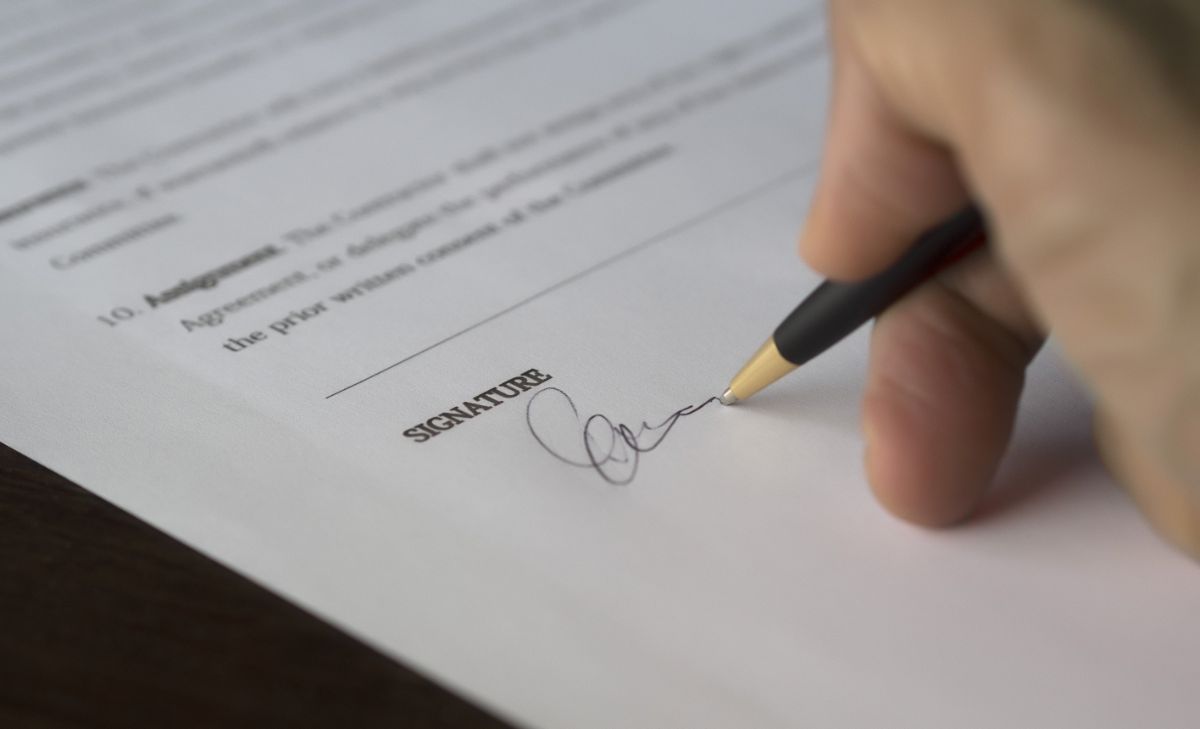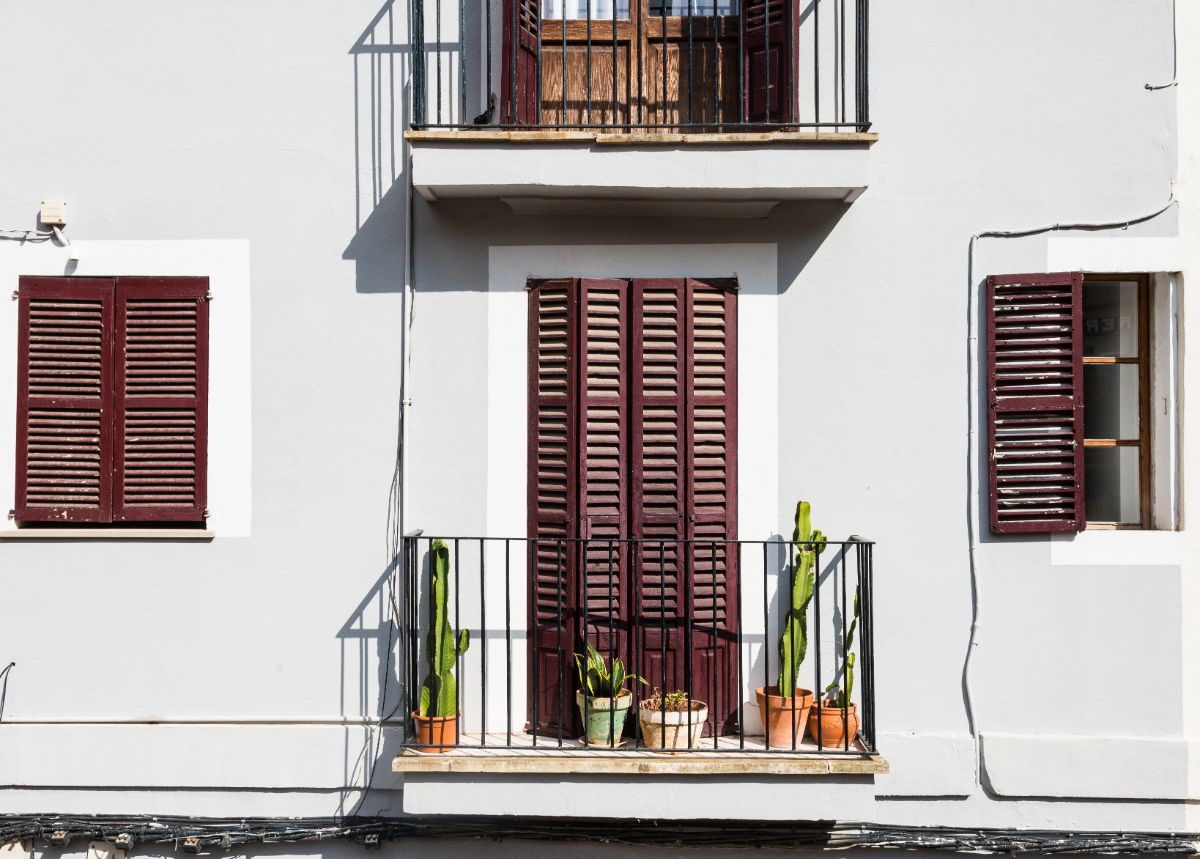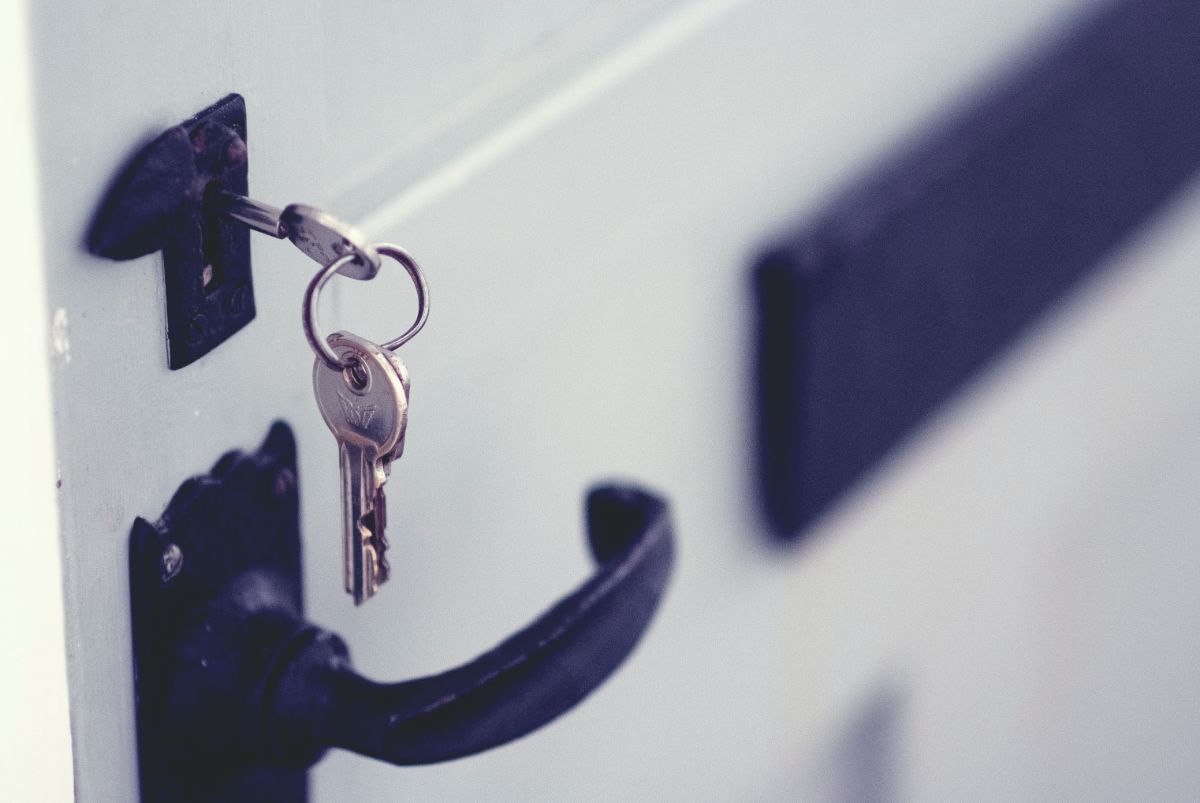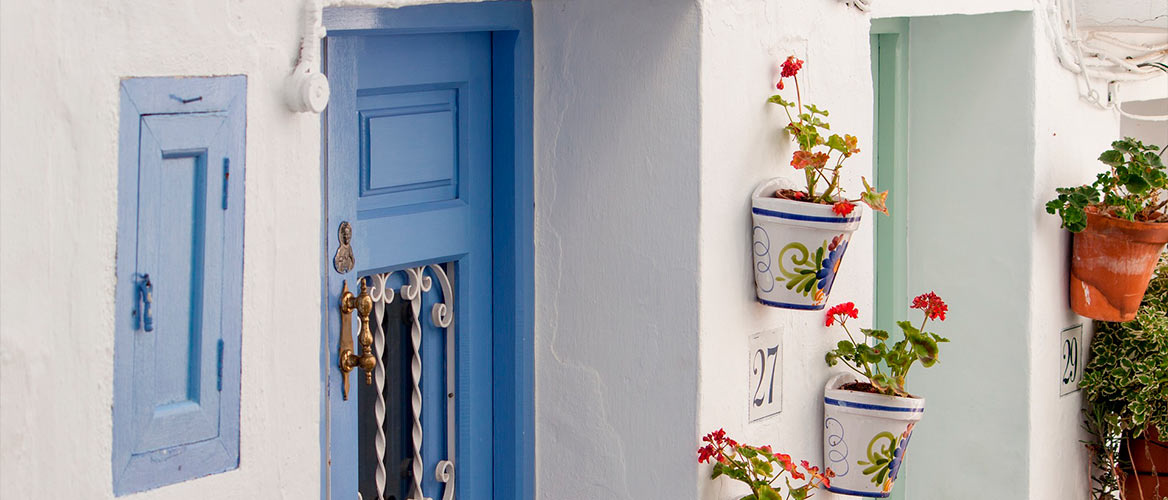July 24, 2024
August 25, 2020
In the wake of a months long Government-mandated lockdown due to the COVID-19 health alert, the Spanish economy is attempting to claw its way back to post-quarantine levels. One sector that has taken a considerable hit is the real estate sector. According to a study carried out by Tecnocasa, house prices fell by almost 5% during the first six months of the year when compared to the same period of 2019.
This drop will likely encourage higher numbers of first-time buyers to get on the property ladder, spurred on by the potential savings they could make. Unfortunately, the cost of the property is only a portion of the overall expenses involved in buying a home, and the process can oftentimes be long and tiring. We’ve drawn up a checklist of things to consider when buying a home in Spain to make the daunting task ahead that little bit easier, from tax implications, notary costs, registration fees and the best homeowner's insurance:
1. Obtain a Nota Simple
After scouring the property market and finally finding the house that ticks all or at least most of your prerequisites, you’ll need to obtain a nota simple from the Land Registry Office, which is essentially a certificate that verifies that the seller is indeed the owner and that there are no pending charges on the property. If you do not feel comfortable with this procedure or the overall process due to your low level of Spanish, it would be a good idea to hire a lawyer specialising in property law. This way, you’ll face no surprises along the way.

2. Obtain a few more documents
Another few documents to obtain include: the Licencia de Primera Ocupación to ensure that the property is habitable; and the Energy Performance Certificate, which is a report detailing the energy rating/efficiency of the property and any recommendations on how to improve the energy performance.
3. Sign the preliminary contract
Next in the process is the preliminary contract to be signed between the buyer and the seller. This pre-contract will include all relevant details of the transaction, including the price, a description of the home and the means and type of payment. At this stage, normally a deposit of 10% of the overall purchase price is paid. At this stage of the process, the seller’s real estate agent officially takes the listing off their database and the transaction is firmly put in motion.
4. Apply for a mortgage
Although the buyer will have already explored all the options for mortgages and obtained a pre-approval from a bank, now is the time to open an account and officially apply for the mortgage. Most Spanish banks offer up to 80% of either the purchase price or the valuation price of the property (whichever is lowest) and a repayment term of up to 30 years. As a homeowner with a mortgage, the lender (bank) will require you to take out home insurance. Now that banks are no longer allowed to force customers to take out other financial products with them as a condition to being granted the mortgage, there is greater freedom when it comes to choosing the best homeowner's insurance in Spain.
Caser offers a comprehensive homeowner's insurance policy that protects against flooding, fires, burglary and civil liability, amongst a range of other basic coverage against damages caused by external forces that need to be considered for home insurance. You can also choose to add optional coverage that may be more in line with the needs of your home. This includes all risk property damage, protection against vehicles in the garage or breakage of household appliances.

5. Sign the final Deed of Sale
Next on the checklist is the final Deed of Sale. This is the comprehensive contract signed by the seller and the buyer by which the seller transfers ownership of the property, and which is executed in the presence of a Notary Public. It includes in-depth information regarding the sale price as well as any relevant taxes (usually borne by the buyer) and costs. At this point, all taxes become due.
6. Take into account the relevant taxes
The most common and relevant taxes to take into account are:
- VAT and Stamp Duty for the purchase of a new home from a developer or bank. This tax, which tends to be 10% of the purchase price, is applicable to any homes that have never been sold before. Stamp Duty is normally 1% of the purchase price, but can vary depending on the region of Spain.
- Spanish Transfer Tax (Impuesto Sobre Transmisiones Patrimoniales (ITP)) is levied on the purchase of homes that have previously been sold, i.e., not the first time a newly-built home is bought. The general rate across Spain is 7%, but this may vary depending on the region.

7. Get the keys and register your new home
It’s now time for the seller to abandon the property officially and hand the keys over to the buyer. The buyer then takes on the responsibility of registering the home at the Land Registry Office. Don’t forget that as a homeowner, you will now be subject to property tax (IBI - Impuesto Sobre Bienes Inmuebles) once a year, that will be calculated in the Income Tax Return (Declaración de la Renta).
We hope our mini breakdown of the process to buy a home in Spain will come in handy when you decide to take the big step. Happy house hunting!
.png?width=344&height=67&name=logo_caser%20(2).png)








Let Us Know What You Thought about this Post.
Put your Comment Below.